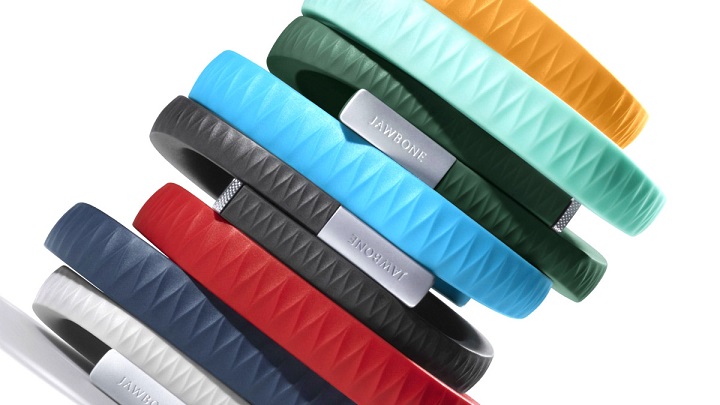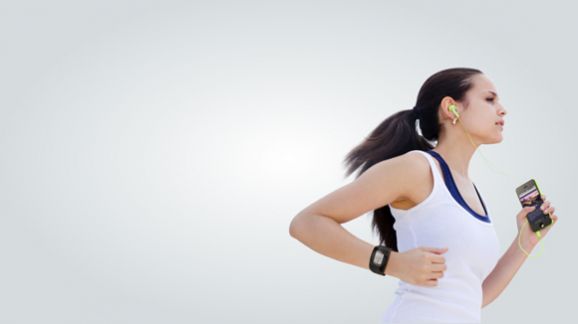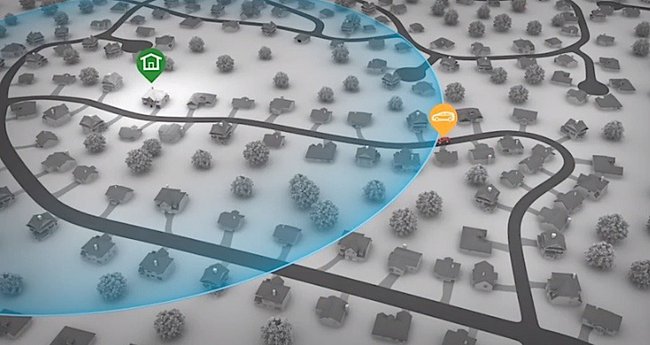 Wearables are among the newest technologies we’ve accepted into our everyday lives. They’re small, lightweight and have a plethora of different uses in our day to day lives. Right now they help us keep track of our fitness goals, improve our golf swings and even help us analyze our sleep. But how do wearables play into the Internet of Things (IoT?) Here’s a brief look at the small, yet growing world of wearables, what their capabilities are now and what they can be capable of in the future.
Wearables are among the newest technologies we’ve accepted into our everyday lives. They’re small, lightweight and have a plethora of different uses in our day to day lives. Right now they help us keep track of our fitness goals, improve our golf swings and even help us analyze our sleep. But how do wearables play into the Internet of Things (IoT?) Here’s a brief look at the small, yet growing world of wearables, what their capabilities are now and what they can be capable of in the future.
Wearables and IoT
Quite simply put: Without the Internet, wearables would be little more than fancy gizmos on your wrist or (if you were lucky) reactive storage devices that would need to have data. The Internet and your connecting device (be it a smartphone or your home PC/laptop) are the lifeblood of your wearable.
Your wearable is merely the medium in which data is compiled and stored. Your device and your motives then decide what you do with said data. Are you only using it for your own good to compete with yourself? Are you issuing social challenges to your friends (which some wearables can do) and competing with them? Some wearables take things even further and can network your results online among sporting professionals. Take Zepp for instance. The golf aspect of this multi-sport wearable captures your average swings and allows you to compare them to golf professionals in an attempt to help you improve your game.
Your Wearable as a Comfort Device
A wearable doesn’t necessarily have to be a competitive device. It can be a casual comfort device for the everyday user and smarthome enthusiast too. Using internet platforms like If This Then That (IFTTT,) wearables like Fitbits can become transitional pieces to monitoring and maintaining home comfort. I’ve often spoken wonders about Works with Nest, the partnership that many smarthome companies have with the Nest company and their learning thermostat. By partnering your Nest, IFTTT and participating wearable like a Fitbit, you can teach your devices to power your thermostat to make your bedroom your deemed “optimal” sleeping temperature once it senses you’ve gone to sleep for the night. In the morning, you can make it so that your wearable communicates that you’re awake to Nest, which will then warm your house so that you’re not freezing and running for the thermostat when you jump out of your morning shower. So simple, yet so complicated. Another way your wearable plays into IoT.

Where can Wearables improve?
Potential is definitely the most exciting thing to discuss about wearables for me. Although wearables do have practical functions right now, I believe that they can and will improve in other ways in the near future. We have earphones nowadays that can measure our heartrate, and companies like Withings are making private home blood pressure monitoring a reality. It’s only a matter of time before simple wearables can do things like help save lives. Imagine a wearable with a lengthy battery life that a hiker or skier could wear that carried a GPS signal that could help find rescuers if they were lost? Perhaps a wearable that could sense someone having a medical emergency and alert the appropriate contacts?
Things don’t have to be that drastic really. If we consider that the root idea of IoT is a world where these devices communicate with each other, there is much more room for improvement even within what our wearables can do. For example, many wrist wearables nowadays can already tell when you’re walking, eating or sleeping by analyzing your body’s behaviors. What else can it do? Could there be a possibility that it could sense your activity and communicate with your phone to start a playlist based on it? No more need to begin your jog at a pseudo-starting line while you fumble awkwardly with your phone or mp3 player and then get going. Just stretch and start running. Your wearable will do the rest. Maybe you’ve sat down for the night and just need to relax for a little while. No lights, no TV, just a little bit of mood music to help you wind down. Your wearable could be what senses your mood and starts playing some relaxing music.

Geofencing is another possibility that some companies have started exploring and is something your wearable could be capable of. Geofencing for smarthomes is basically activating a functionality when the device senses that you’re a set distance away from home. Honeywell’s Lyric thermometer does this. It senses through your phone’s GPS that you’re a certain distance away from home and begins to heat the house for when you return home. Not bad huh? There are a few other creature comforts wearables could do for you one day, like communicating with a smart garage door opener so that it opens for you as you pull up rather than looking for your remote. Something that turns your lights on (or off!) when it senses you’re a certain distance away from home. You could see some safety benefits as well. For example, communication with appliances so that you’re buzzed and told that you left the oven on by accident if you did.
We’re looking a bit longer term here, however. Some of these suggestions or visions would require much more than wearables to step things up. I’d say we’re probably a ways away from it. Belkin’s WeMo crock pot, for example, highlighted an interesting oversight. It’s not directly related to wearables but relevant to making these ideas work. The Crock Pot implemented a feature in good faith that alerts you when the power’s out so that you can take action right away and prevent spoilage of whatever you’re cooking in it. Trouble is, the early firmware didn’t know the difference between a power outage and your Internet signal going out so chances are if your kitchen is far enough away from your router, you’re bound to get the message regularly. Geofencing hasn’t quite perfected itself either yet. The answer is very “chicken and egg” honestly. Do we need more trusty and stable Internet connections, or does the technology around us just need to be brought more up to speed to make our wearables a savvy IoT enhanced device?
Regardless, using its online presence, wearables could become major proponent in the Internet of Things and we’re only scratching the surface now on how crucial they can be for us.
Previous Installments:

By Matt Paligaru, Editor Emerging Technology
I’ve been an avid gamer and gadget enthusiast from the first time I picked up a Colecovision controller at a young age. I’ve written for XBox Addict, Vancity Buzz and Rebellion Media, covering everything from Gaming to Mixed Martial Arts. I am also co-host of the G3 Podcast. Follow me on Twitter “@paliontology” and I’ll be more than happy to talk shop with you.



